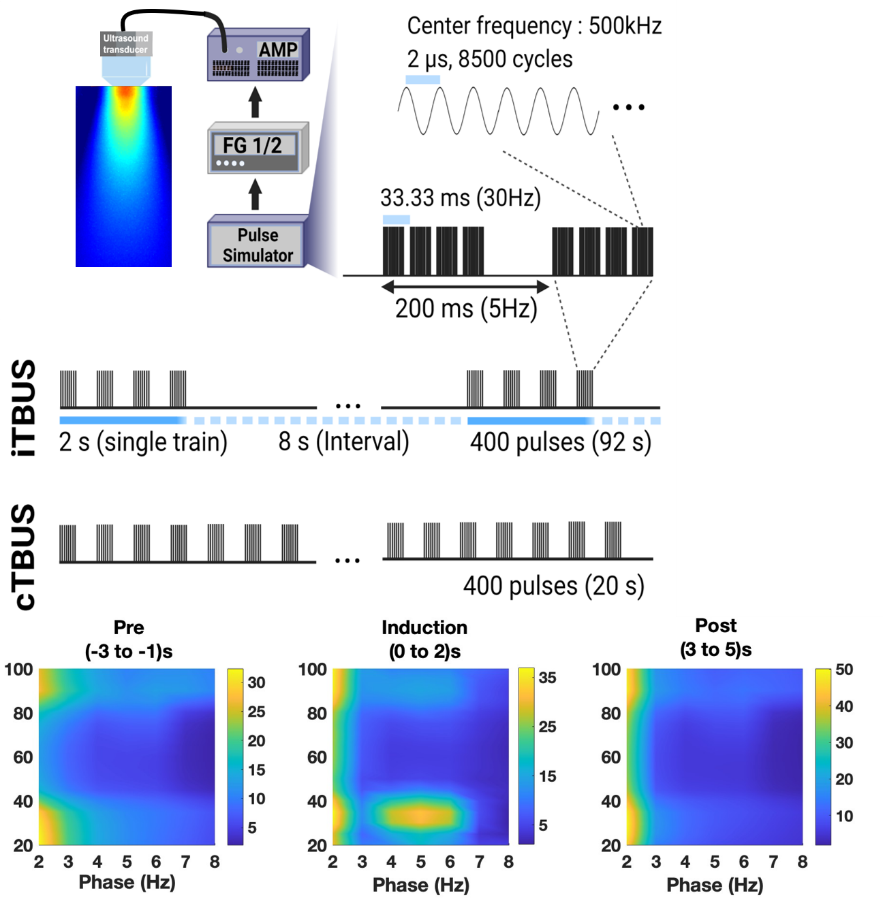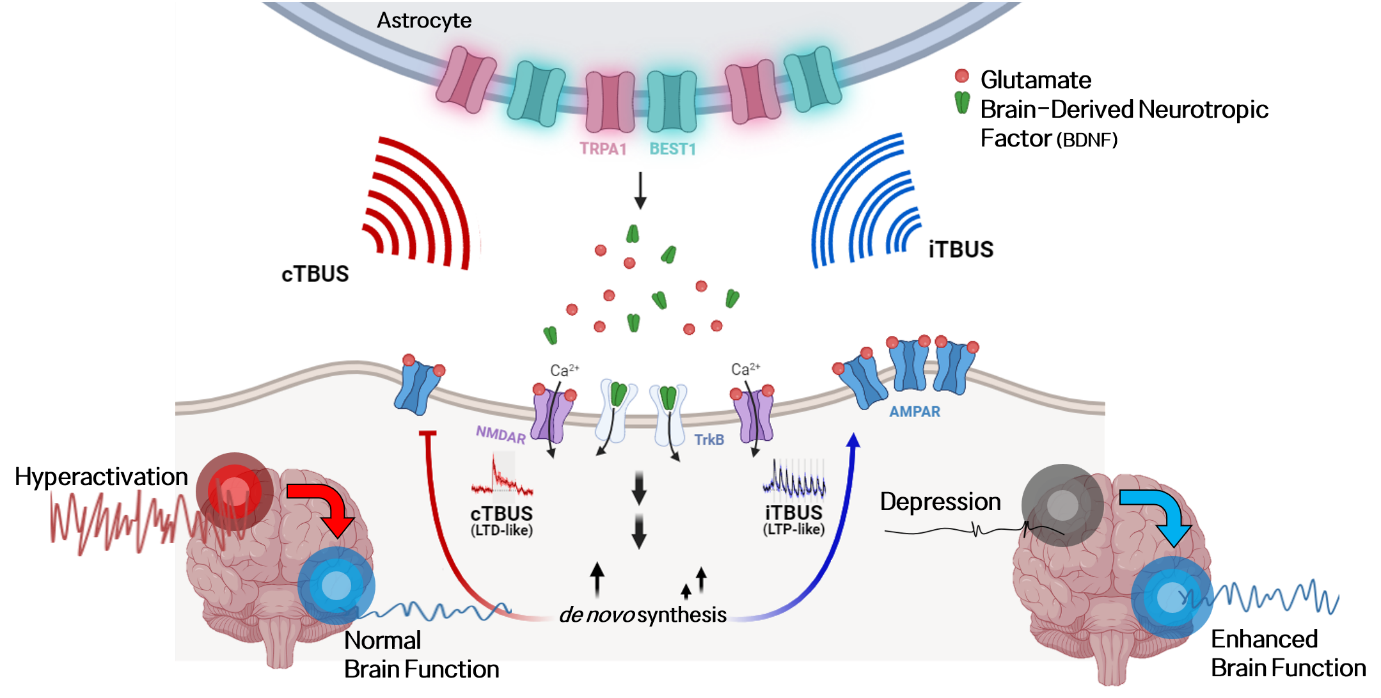주메뉴
- About IBS 연구원소개
-
Research Centers
연구단소개
- Research Outcomes
- Mathematics
- Physics
- Center for Underground Physics
- Center for Theoretical Physics of the Universe (Particle Theory and Cosmology Group)
- Center for Theoretical Physics of the Universe (Cosmology, Gravity and Astroparticle Physics Group)
- Dark Matter Axion Group
- Center for Artificial Low Dimensional Electronic Systems
- Center for Theoretical Physics of Complex Systems
- Center for Quantum Nanoscience
- Center for Exotic Nuclear Studies
- Center for Van der Waals Quantum Solids
- Center for Relativistic Laser Science
- Chemistry
- Life Sciences
- Earth Science
- Interdisciplinary
- Center for Neuroscience Imaging Research (Neuro Technology Group)
- Center for Neuroscience Imaging Research (Cognitive and Computational Neuroscience Group)
- Center for Algorithmic and Robotized Synthesis
- Center for Genome Engineering
- Center for Nanomedicine
- Center for Biomolecular and Cellular Structure
- Center for 2D Quantum Heterostructures
- Center for Quantum Conversion Research
- Institutes
- Korea Virus Research Institute
- News Center 뉴스 센터
- Career 인재초빙
- Living in Korea IBS School-UST
- IBS School 윤리경영


주메뉴
- About IBS
-
Research Centers
- Research Outcomes
- Mathematics
- Physics
- Center for Underground Physics
- Center for Theoretical Physics of the Universe (Particle Theory and Cosmology Group)
- Center for Theoretical Physics of the Universe (Cosmology, Gravity and Astroparticle Physics Group)
- Dark Matter Axion Group
- Center for Artificial Low Dimensional Electronic Systems
- Center for Theoretical Physics of Complex Systems
- Center for Quantum Nanoscience
- Center for Exotic Nuclear Studies
- Center for Van der Waals Quantum Solids
- Center for Relativistic Laser Science
- Chemistry
- Life Sciences
- Earth Science
- Interdisciplinary
- Center for Neuroscience Imaging Research (Neuro Technology Group)
- Center for Neuroscience Imaging Research (Cognitive and Computational Neuroscience Group)
- Center for Algorithmic and Robotized Synthesis
- Center for Genome Engineering
- Center for Nanomedicine
- Center for Biomolecular and Cellular Structure
- Center for 2D Quantum Heterostructures
- Center for Quantum Conversion Research
- Institutes
- Korea Virus Research Institute
- News Center
- Career
- Living in Korea
- IBS School
News Center
Revolutionary Brain Stimulation Technique Shows Promise for Treating Brain Disorders- Patterned Low-Intensity Low-Frequency Ultrasound (LILFUS) Promises Safe and Effective to Control Brain Functions - The human brain's adaptability to internal and external changes, known as neural plasticity, forms the foundation for understanding cognitive functions like memory and learning, as well as various neurological disorders. New research conducted by a team led by Dr. PARK Joo Min of the Center for Cognition and Sociality within the Institute for Basic Science (IBS) unveils a novel technique that could transform the treatment landscape for brain disorders. The team developed a non-invasive brain stimulation method called Patterned Low-Intensity Low-Frequency Ultrasound (LILFUS), which holds tremendous potential for inducing long-lasting changes in brain function. Traditionally, magnetic and electrical brain stimulation methods have been used to modulate brain function. However, these methods come with inherent limitations that restrict their spatial resolution and penetration depth, making it challenging to precisely stimulate specific brain regions with optimal efficacy. More invasive methods, such as those that require surgical procedures, exhibit superior control and therapeutic effects for specific deep brain stimulation, but they come with risks such as tissue damage, inflammation, and infection. These limitations have fueled the search for alternative approaches that can overcome these constraints and provide more efficient and precise modulation of brain function. In the latest study unveiled by the IBS, researchers used ultrasound to enable precise stimulation of specific brain areas. Unlike electromagnetic waves, ultrasound has the advantage of being able to penetrate deep into the brain tissues. The researchers discovered that ultrasound stimulation can modulate neural plasticity - the brain's ability to rewire itself - through the activation of key molecular pathways. Specifically, the study pinpointed the ultrasound’s effect on mechanosensitive calcium channels in astrocytes, which controls the cells’ ability to uptake calcium and release neurotransmitters. LILFUS was designed based on specific ultrasound parameters that mimic the brainwave patterns of theta (5 Hz) and gamma (30 Hz) oscillations observed during learning and memory processes. The new tool allowed the researchers to either activate or deactivate specific brain regions at will - intermittent delivery of the ultrasound was found to induce long-term potentiation effects, while continuous patterns resulted in long-term depression effects. One of the most promising aspects of this new technology is its ability to facilitate the acquisition of new motor skills. When the researchers delivered ultrasound stimulation to the cerebral motor cortex in mice, they observed significant improvements in motor skill learning and the ability to retrieve food. Interestingly, researchers were even able to change the forelimb preference of the mice. This suggests potential applications in rehabilitation therapies for stroke survivors and individuals with motor impairments. The implications of this research extend far beyond motor function. It may be used to treat conditions such as depression, where altered brain excitability and plasticity are prominent features. With further exploration, LILFUS could be adapted for various brain stimulation protocols, offering hope for various conditions ranging from sensory impairments to cognitive disorders. Dr. Park stated, "This study has not only developed a new and safe neural regulation technology with long-lasting effects but has also uncovered the molecular mechanism changes involved in brainwave-patterned ultrasound neural regulation." He further conveyed, "We plan to continue follow-up studies to apply this technology for the treatment of brain disorders related to abnormal brain excitation and inhibition and for the enhancement of cognitive functions."
In this experiment, ultrasound protocols comprising two distinct stimulation patterns by combining Low-Intensity Low-Frequency (LILF) 30Hz and 5Hz ultrasound were used. The first pattern, known as intermittent TBUS, featured intermittent stimulation with 2 seconds of stimulation followed by 8 seconds of rest. The second pattern, termed continuous TBUS, involved 40 seconds of uninterrupted stimulation. Throughout the stimulation, brainwaves were monitored by analyzing the phase-amplitude coupling between theta and gamma waves, which are two primary types of brainwaves. The accompanying graph illustrates these observed changes.
This figure summarizes the outcomes following ultrasound stimulation. Low-intensity brainwave-like pattern ultrasound stimulation sequentially stimulates TRPA1 in astrocytes, leading to BEST1-dependent neurotransmitter secretion. This, in turn, stimulates adjacent neurons, inducing neural plasticity in the neurons. This process briefly describes how changes in cognitive functions associated with pattern-dependent memory and learning, as well as changes in behavioral aspects, become evident. Notes for editors
- References
- Media Contact
- About the Institute for Basic Science (IBS)
|
| Next | |
|---|---|
| before |
- Content Manager
- Public Relations Team : Yim Ji Yeob 042-878-8173
- Last Update 2023-11-28 14:20













